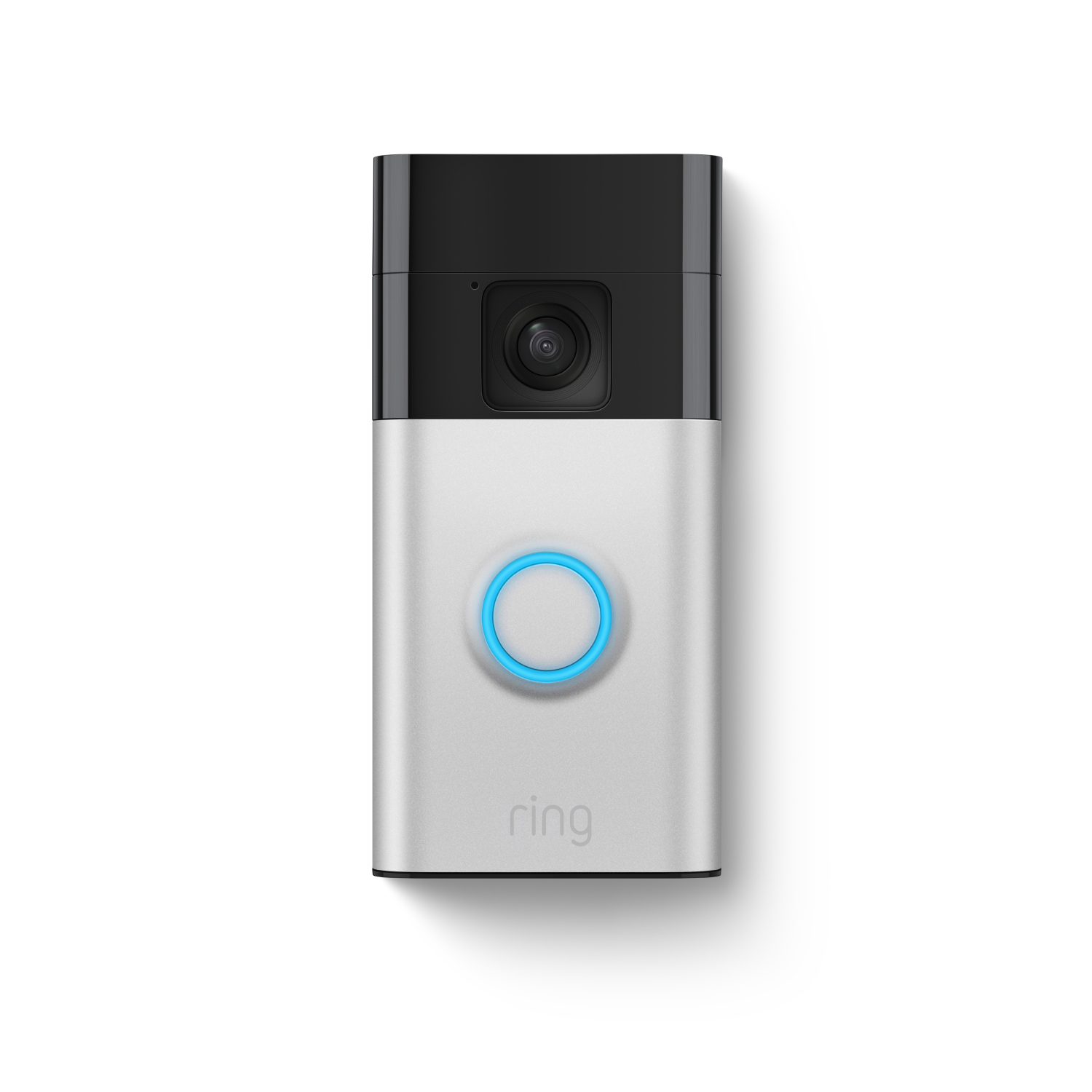
Top 10 Best Smart Home Devices for 2024: Automate Your Life with Ease
The smart home revolution continues to gain momentum, offering homeowners convenient, efficient, and automated living experiences. Integrating smart devices can simplify daily routines, enhance security, and even save energy. But with a vast array of products on the market, choosing the right devices can be overwhelming. This guide reviews ten of the best smart home devices available in 2024, comparing their functionalities, compatibility, and value.
1. Amazon Echo (4th Gen)
Strengths: The Amazon Echo (4th Gen) acts as a central hub for many smart home systems. It offers voice control for music playback, smart home device management, and access to Alexa’s vast skill ecosystem. Compact design and excellent sound quality.
Weaknesses: Relies heavily on the Amazon ecosystem, so integration with other platforms might not be seamless. Privacy concerns remain a valid consideration with voice-activated devices.
2. Google Nest Hub (2nd Gen)
Strengths: The Google Nest Hub (2nd gen) offers a sleek design with a smart display that allows for visual interaction with Google Assistant. Excellent for displaying smart home controls, viewing photos, and accessing Google services.
Weaknesses: Similar to the Echo, it’s primarily integrated with the Google ecosystem. Some users complain of occasional connectivity issues.
3. Philips Hue Smart Bulbs

Strengths: Philips Hue smart bulbs are a popular and reliable choice for illuminating your home. Offer a wide variety of colors and adjustable brightness, controlled through a smartphone app or voice assistant. Easy to install and use.
Weaknesses: Can be more expensive than traditional bulbs. Requires a Hue bridge (hub) for full functionality.
4. Nest Learning Thermostat
Strengths: The Nest Learning Thermostat learns your heating and cooling preferences over time, optimizing energy use. Provides detailed energy usage reports and integrates seamlessly with other Nest products.
Weaknesses: Requires a specialized installation (often requiring a professional), and it may not be suitable for all heating systems. Can be pricey.
5. August Smart Lock
Strengths: The August Smart Lock easily upgrades your existing deadbolt for keyless entry and remote access. Offers smartphone control, keyless entry codes, and integration with other smart home systems.
Weaknesses: Relies on a smartphone app; access is impacted by technology failures. Might not be suitable for all types of door locks.
6. Ring Video Doorbell

Strengths: The Ring Video Doorbell enhances home security by providing real-time video monitoring, motion detection, and two-way audio communication. Easy to install and integrate with other Ring products.
Weaknesses: Requires a subscription for cloud storage of recordings. Privacy concerns are valid due to constant video recording.
7. Arlo Pro 4 Wireless Security Camera
Strengths: The Arlo Pro 4 is a versatile and robust wireless security camera that offers features such as sharp video quality, night vision, and two-way audio. Works with a range of smart home platforms.
Weaknesses: Requires a subscription for cloud storage. While wireless, it still needs a power source (or requires battery changes).
8. SmartThings Hub (Samsung)

Strengths: The SmartThings hub acts as a central control point for many disparate smart home devices, allowing you to coordinate various systems from a single app.
Weaknesses: While capable of broad integration, ensuring consistent compatibility across all smart home brands remains a challenge. Requires a reliable internet connection.
9. Ecobee SmartThermostat with Voice Control
Strengths: The Ecobee thermostat similarly learns your preferences and optimizes energy use, but stands out for its integration with smart sensors that deliver room-by-room temperature control.
Weaknesses: Expensive, especially when adding multiple sensors for advanced temperature control. Requires a reliable internet connection.
10. iRobot Roomba j7+
Strengths: iRobot Roomba remains a leader in robotic vacuum cleaners, with the j7+ model offering advanced features like object recognition and smart mapping, avoiding obstacles effectively. Self-emptying base enhances convenience.
Weaknesses: Can be a substantial investment. Some features might require a subscription.
Choosing the Right Smart Home Devices: Key Considerations
Before purchasing any smart home devices, consider the following factors:
- Compatibility: Ensure your chosen devices are compatible with your existing smart home ecosystem (e.g., Google Home, Amazon Alexa, Apple HomeKit).
- Functionality: Consider the specific features and functionalities you need. Do you require voice control, app integration, remote access, or automation capabilities?
- Budget: Set a budget for your smart home upgrades. Prices for smart devices vary greatly.
- Ease of Use: Choose easy-to-install and user-friendly devices. Consider the complexity of setup and configuration.
- Security: Prioritize the security of your smart home devices. Look for devices with robust encryption and strong security protocols.
- Data Privacy: Be mindful of the data collected by your smart home devices. Review privacy policies carefully.
This is not an exhaustive list, and the smart home market evolves rapidly. Research thoroughly before you buy, reading customer reviews and comparing specifications. Choosing the right devices is an iterative process – your needs and preferences will ultimately guide your selections. Starting with a few core products and gradually expanding your smart home setup is usually a wise approach.
UltimateWebSpeed Team
The UltimateWebSpeed Team is a group of passionate web performance experts dedicated to helping you optimize your website for speed and efficiency.
Follow on Twitter